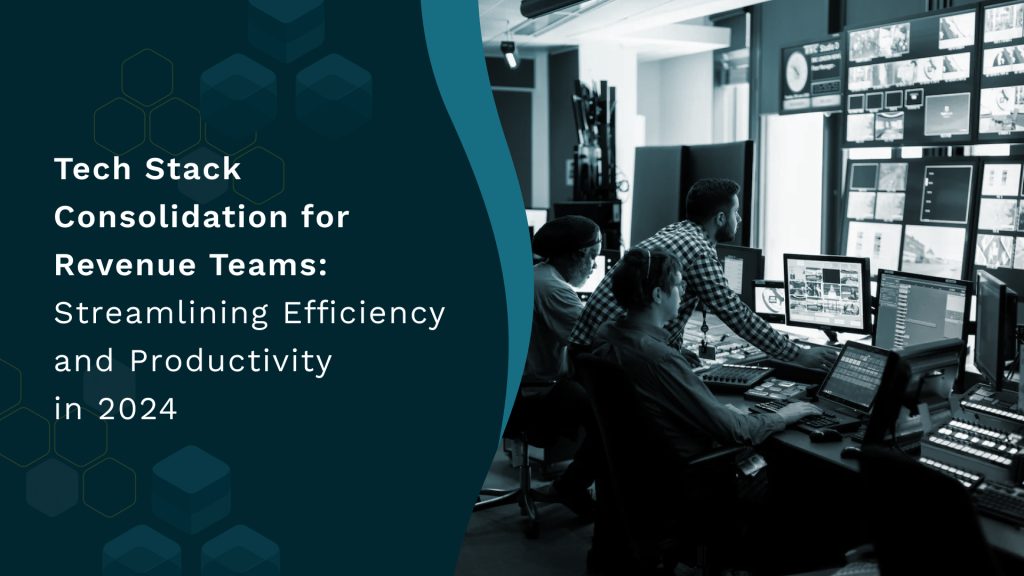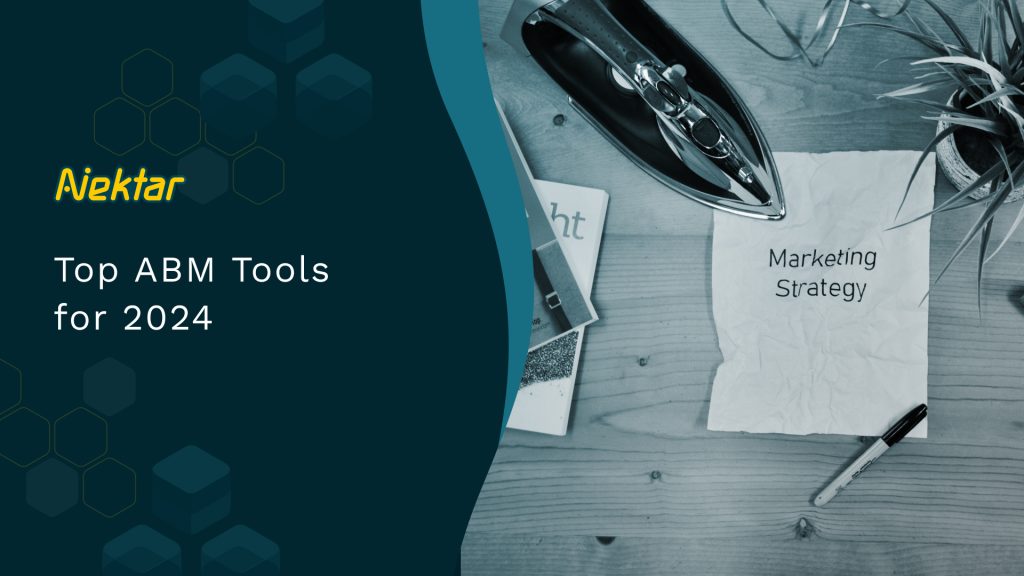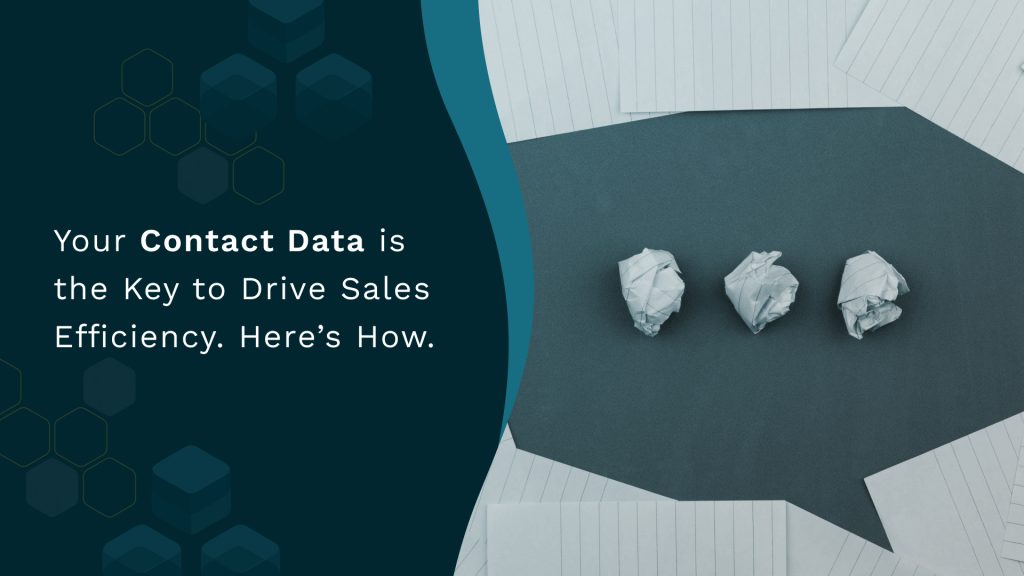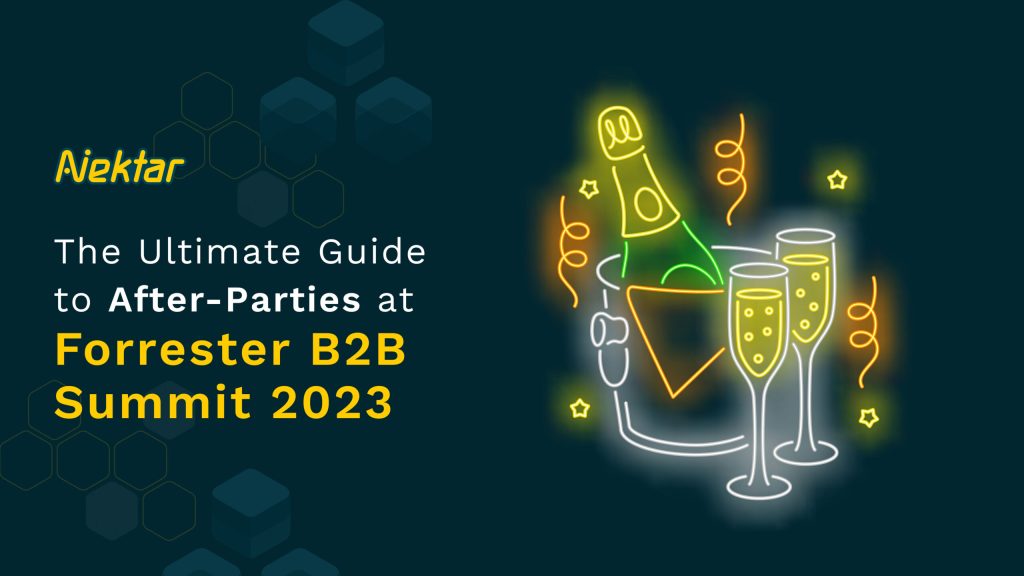Your Guide to Dreamforce 2024 After-Parties
Your Guide to Dreamforce 2023 After-Parties Event 10 min Networking and Nightlife: Unveiling the Social Soirees of Dreamforce 2023 The excitement isn’t just in the conference rooms and keynote stages as the most anticipated event in the tech world, Dreamforce 2023, approaches. Salesforce’s annual Dreamforce tech event is known for its ground-breaking panel discussions as well as its legendary afterparties. Check out our carefully prepared list of Dreamforce 2023 afterparties that you simply should not miss. 1. Whatfix Dreamforce Cocktail Soirée Date: September 12, 2023 Time: 7PM Where: Cityscape Lounge Register here: https://go.whatfix.com/dreamfix-2023/?utm_source=party_blog&utm_medium=blog&utm_content=register_pass&utm_campaign=df-2023&utm_term= Whatfix is organizing a night filled with good food, drinks and an opportunity to connect with some of the most brilliant minds in the industry. This gathering will take place at the highest rooftop bar in San Francisco, offering an unparalleled 360° cityscape. So get your cameras ready to capture the breathtaking San Francisco skyline while getting pumped for the event! 2. Dreamfest 2023 Date: Sep 14, 2023 Time: TBA Where: Chase Center Note: Dreamfest access is included in your Dreamforce ticket. The biggest Dreamforce party is here and we are all hyped for it! Once again supporting UCSF Benioff Children’s Hospitals Foundation, this year’s main act hasn’t been announced yet but it’s totally acceptable to get excited already as we are too. 3. Tableau and MuleSoft Welcome Reception Date: Sep 11, 2022 Time: 5PM – 8PM Where: PABU Izakaya Register Here: https://www.tableau.com/community/events/tableau-and-mulesoft-welcome-reception-dreamforce-2023-09-11 Kickstart your Dreamforce journey with flair, accompanied by Ryan Aytay, the Chief Executive Officer of Tableau, alongside distinguished figures from the industry. Enjoy a delightful evening of refreshments, sushi delicacies, and live musical performances. 4. ElementsGPT Dreamforce Kickoff Party Date: Sept 11, 2022 Time: 6:00 PM – 9:00 PM Location: Elements Cloud Spaces, 95 3rd St Register Here: https://df23events.com/go/elements-gpt-party You simply can’t miss this one happening just a block away from Moscone. Mingle with people from the industry, plan your night and celebrate the spirit of Dreamforce! 5. The RevOps Dream Team Happy Hour Date: Sep 12, 2022 Time: 5:00 PM – 9:00 PM Location: Soma Eats on Second (a short, five-minute walk from Moscone Center) 186 2nd Street, San Francisco, CA, 94105 Register Here: https://tractioncomplete.com/dreamforce23-revops-dream-team-happy-hour/?utm_campaign=24q2+dreamforce&utm_medium=link&utm_source=third+party&utm_content=salesforce+ben&utm_term=happy+hour+sept+12 Join the Revenue Optimists and Traction Complete towards the end of first day of Dreamforce. Mix, mingle and network with the smartest minds in Revenue, Sales and Marketing Operations. 6. AfterParty GPT Date: Sep 12, 2022 Time: 7:00 PM – 1:00 AM Location: Temple Night Club Register Here: https://www.salesforceben.com/dreamforce-party-afterpartygpt/?utm_content=167352256&utm_medium=social&utm_source=linkedin&hss_channel=lcp-7970687 Following the roaring success of 2022, Salesforce Ben is reigniting the party spirit with AfterParty GPT. Taking the inspiration from Summer of AI, the venue is thoughtfully chosen to provide the ultimate party experience while networking with industry experts. 7. Dreamforce After Party Bash Date: Sep 12, 2022 Time: 4:30 PM – 8:30 PM Location: Northern Duck Register Here: https://www.eventbrite.com/e/dreamforce-after-party-bash-salesforce-tickets-687528194337 Celebrate 20 years of Dreamforce with drinks, delectable dim sum, and boundless jubilation at the Dreamforce After Party Celebration! Come join the festivities at the Twitter headquarters in Northern Duck. Stand a chance to mingle with industry leaders here! 8. The Revenue Launch Pad for Dreamfest Date: September 13, 2022 Time: 5:00 PM – 8:00 PM Location: Soma Eats on Second (a short, five-minute walk from Moscone Center) 186 2nd Street, San Francisco, CA, 94105 Register Here: https://tractioncomplete.com/dreamforce23-revenue-launch-pad-dreamfest-happy-hour/?utm_campaign=24q2+dreamforce&utm_medium=link&utm_source=third+party&utm_content=salesforce+ben&utm_term=happy+hour+sept+13 Cheers RevOps! After spending a busy day at Dreamforce, come together and relax with your new found friends at Dreamforce and Traction Complete. Unwind, socialize, and engage with exceptional individuals in the realms of RevOps, sales operations, and sales leadership while enjoying delicious food and drinks. 9. Computer Futures Dreamforce 2023 Happy Hour Date: Sep 13, 2023 Time: 4:00 PM – 7:00 PM Venue: Wine Down SF Register Here: https://www.eventbrite.com/e/computer-futures-dreamforce-2023-happy-hour-tickets-680977410767?aff=ebdssbdestsearch&from=98cdc745265c11eeb9562e4412cf12a8 Relish good food, good drinks and good company as you take some time off to unwind at Computer Features Happy Hour. 10. Marketers Afterglow Party Date: Sep 14, 2023 Time: 4:00 PM – 6:30 PM Venue: Home for Marketers at The Pink Elephant Alibi Register Here: https://dreamforce.sercante.com/marketers-afterglow-party/ Join us to wrap up your Dreamforce journey and engage in a networking occasion tailored specifically for marketers, trailblazers, and the thriving Salesforce community. Enjoy complimentary refreshments while you prepare to bid adieu to the valuable relationships you’ve nurtured throughout the exciting week of Dreamforce. With several other parties and get-togethers lined up in the itinerary, Dreamforce is the right destination for you to meet, network and connect with like-minded brains of your industry alongside taking time to unwind from bustling schedules. We are thrilled to see you there! 11. Vonage Happy Hour Date: September 12 & 13, 2023 Time: 4-6PM Where: Gallery Ballroom, Hyatt Regency San Francisco Downtown Soma, 50 3rd St, San Francisco, CA 94103 Register here Brought to you by Vonage, and sponsors, Verint, AutoReach & Roycon, this Happy Hour will be buzzing with fun, networking and excitement! Maximize your Dreamforce and join us for Drag Queen Bingo and an awesome set from DJ Amy, as well as great snacks and a well-stocked bar. Did we miss out on any event? Send a tweet to @ainektar and we’ll be sure to add it in. Or email us at marketing@nektar.ai Meet the Nektar Team! Come, say hello to the Nektar team (Jordan, Randy, Ankit, Danielle, & Abhijeet). Whether it’s about after-parties, accelerating your revenue funnel or plugging CRM data gaps, we would love to chat. Bhaswati Director of Content Marketing at Nektar.ai, an AI-led contact and activity capture solution for revenue teams. With 11+ years of experience, I specialize in crafting engaging content across blogs, podcasts, social media, and premium resources. I also host The Revenue Lounge podcast, sharing insights from revenue leaders. In this blog






